Bored with the basics of cooking at home? There’s plenty of herbs and spices out there to make any meal pop. All you need to know is how to use them.
Common mixes like jerk seasoning, curry powder, and poultry mix join with more obscure blends like za’atar, tajín, and ras el hanout as some of the best spice compounds in the world. Find out what’s in them and how to use them with this Manual guide.
Greek Table Seasoning
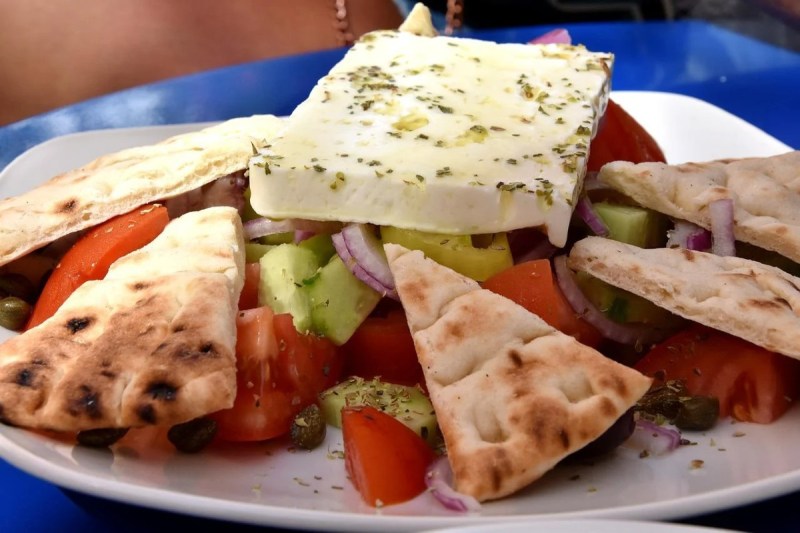
If you’re a fan of gyros or kebabs, you’ve likely already had a dash or two of Greek table seasoning. A mix of Mediterranean flavors, Greek table seasoning features paprika, oregano, cumin, onion, rosemary, marjoram, and thyme (and sometimes saffron) In addition to being the perfect blend for Greek dishes, use Greek table seasoning to sprinkle into salads or over sauteed veggies to inject a bit of old school flavor into any recipe.
In addition to Greek table seasoning’s intricate, elegant flavor mix, it’s a trip into ancient times. Sitting at the hub of primeval trading routes, pepper and cloves arrived all the way from the Far East while saffron’s red stems arrive via myth — three stamens from three drops of blood when Hermes accidentally killed his lover Krokos in a game of discus.
Harissa
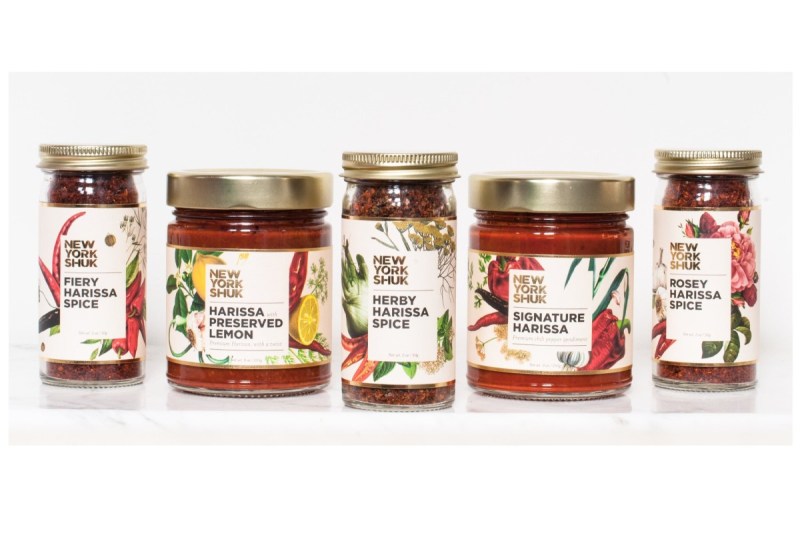
Say goodbye to corn syrup barbecue sauce and sweet ketchup in your next meal. Instead, institute some nuanced spice and complex flavors to your meat and/or carbs with harissa sauce.
Native to Africa’s Arabic northwestern Maghreb region, the hot chili pepper paste/spice’s main ingredients are roasted red peppers, Baklouti peppers, garlic paste, caraway seeds, coriander seeds, cumin, and olive oil to wrap the flavors.
If that sounds spicy, it is — just not burn-your-tongue-off hot. Harissa Sauce brings a subtle heat to make chicken wings, hamburgers, and salmon dance on the tongue. For a twist on salad dressing or to bring flavor to dull veggies, slather on the harissa from New York Shuk’s Middle Eastern Pantry.
Berbere
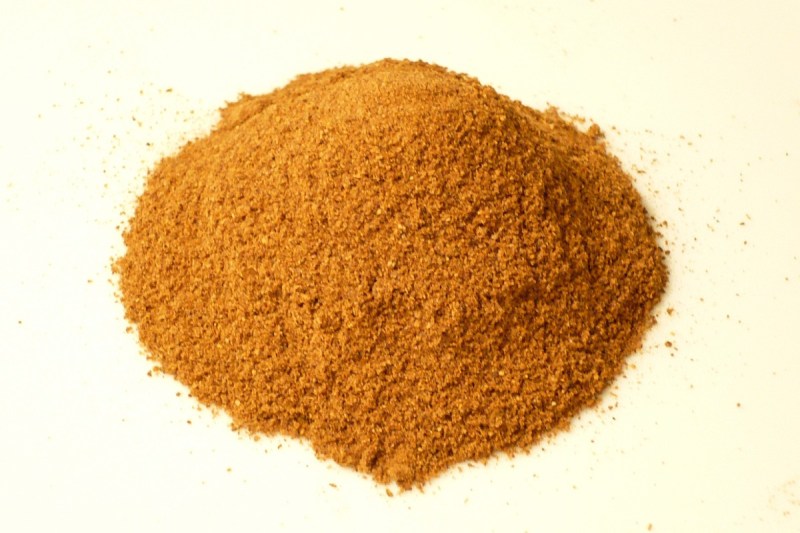
Want to add a little extra complex heat to your cooking? Toss in a bit of berbere, a North African spice blend of cayenne, paprika, Urfa chile, coriander, cardamom, ginger, and fenugreek.
The word ‘berbere’ means ‘hot,’ deriving from East Africa’s Semitic Amharic language. Common to Ethiopia and Eritrea, whether or not the spice blend is actually spicy depends on which blend you’re using.
Whether or not the berbere mix brings the heat, the elaborate spice goes well with just about everything. Sub berbere in recipes that call for a pinch of cayenne or red pepper. Sprinkle the spice blend over sauteed veggies to make your edible plants pop, use it to season meats, and poultry, or add a flavor boost to stews and dishes.
Jamaican Jerk Seasoning
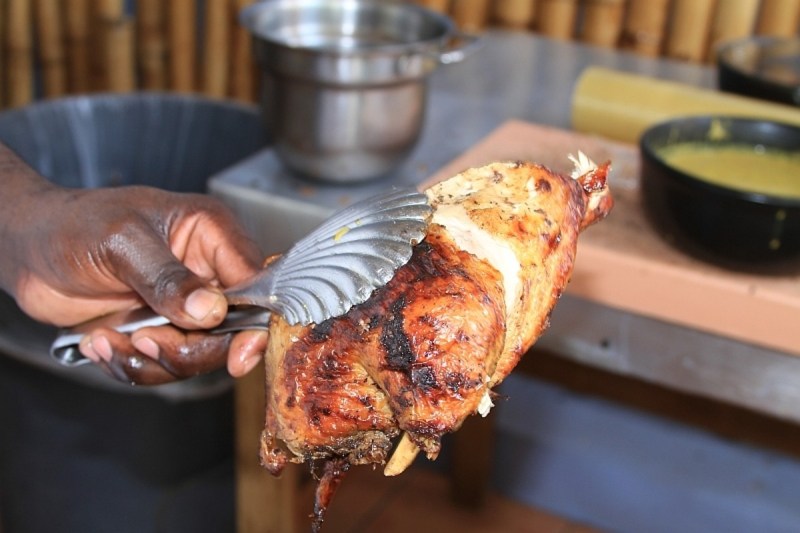
Where harissa’s heat is a creeper, jerk hits your palate from the get-go. Sprinkle some jerk seasoning (along with a little lime juice) over your meal components.
Originating in the New World, Jamaican jerk is one of the oldest spice blends. Its tradition borrows cooking techniques and styles from formerly enslaved Africans in combination with traditions from the Taíno. The formerly enslaved Maroons, who populated Jamaica’s inland mountains, developed jerk seasoning over decades. Jerk is meat that’s seasoned, smoked, and grilled with a wide variety of spices, alliums, herbs, and peppers.
This native Jamaican spice blend combines onion, garlic, allspice, green onion, cayenne pepper, nutmeg, cinnamon, and more to provide a vibrant flash of the Caribbean on the tongue. Jerk seasoning traditionally gets dusted on grilled chicken, goat, or pork, but it also works with potatoes and veggies, too.
Tajín
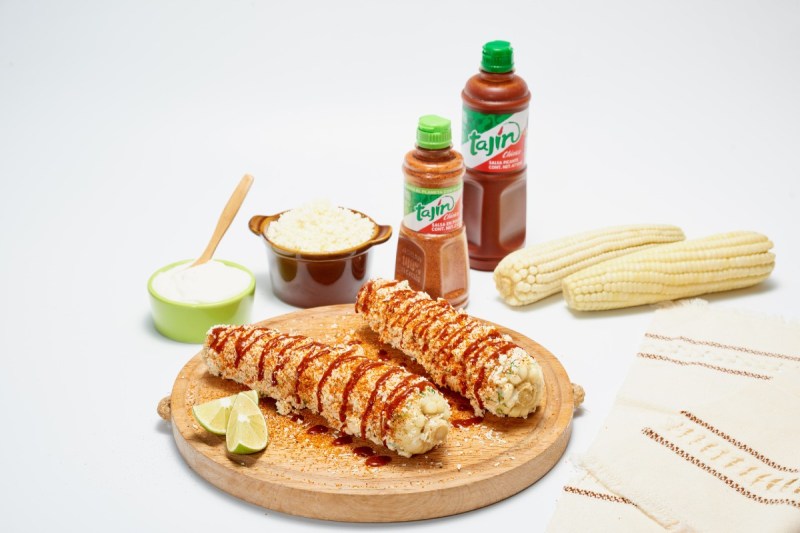
From ancient blends, we move to one of the newer mixes on the list. This hasn’t prevented Mexican Tajín from becoming ubiquitous across the country.
The proprietary Tajín has a pretty short history, dating only back to 1985 (and not even available in the United States until 1993). When it was invented in Guadalajara, Mexico, it didn’t take long for the tangy red powder to become a household name — or, as Mexican food historian Gustavo Arellano told The New York Times, “Tajín is a lifestyle.”
Made from a mix of dehydrated lime, salt, árbol, guajillo, and pasilla chiles, the blend brightens up fruits and vegetables like mango, corn, cucumber, and pineapple across the Latin world. Tajín isn’t limited to produce, however. The spice mix also brings out the best in chips, popcorn, and, of course, on glass rims to complete the any-time-of-day Michelada.
Hawaij
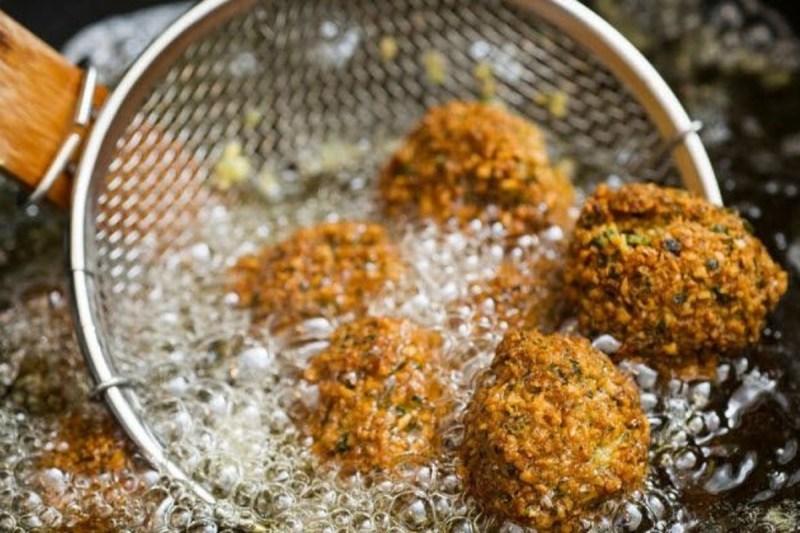
The name for the Yemeni spice blend hawaij (pronounced “huh-why-adge”) simply means “mixture” in Arabic. This generality results in two types of hawaij — savory and sweet. Savory spices (any combination of cumin, cardamom, coriander, turmeric, and black pepper) are added to eats like vegetable dishes. The aromatic sweet stuff, which can include cardamom, ginger, cloves, anise, fennel, cinnamon, nutmeg, and/or cloves, is used in brewing coffee, and baking desserts, in addition to slow-cooked meat dishes.
Herbs de Provence
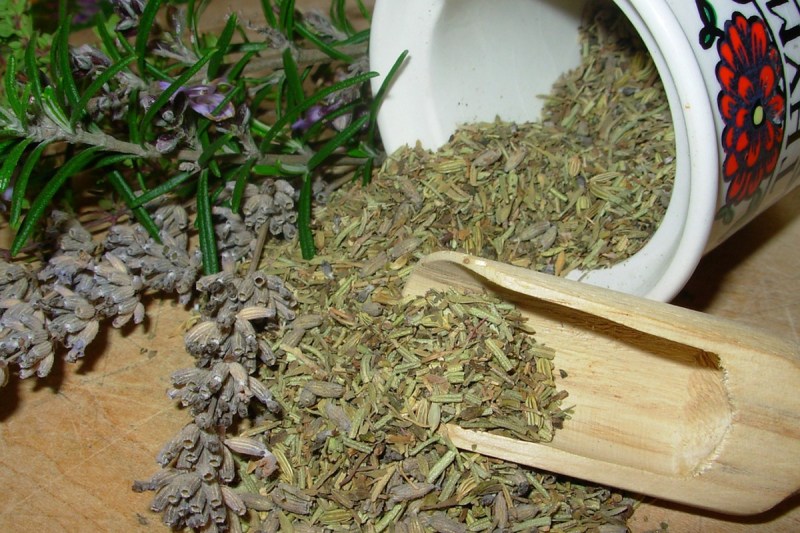
Apropos to its name, herbes de Provence come from Provence, France, which borders the Mediterranean near the Italian border. Now found in kitchens from North America through Europe, Julia Child was actually integral to introducing and popularizing the spice compound, a mix of the best spices and herbs endemic to the region — oregano, bay leaf, fennel, chervil, tarragon, thyme, marjoram, savory, rosemary, and/or basil.
With that combo, the blend is one of the more utilitarian herbal concoctions. Add herbs de Provence to fish, chicken, cheeses, olives, vegetables, and even sauces to bring an earthen green savor to almost any dish. then this is one spice mix you’ll want to always have on hand.
Cajun Spice
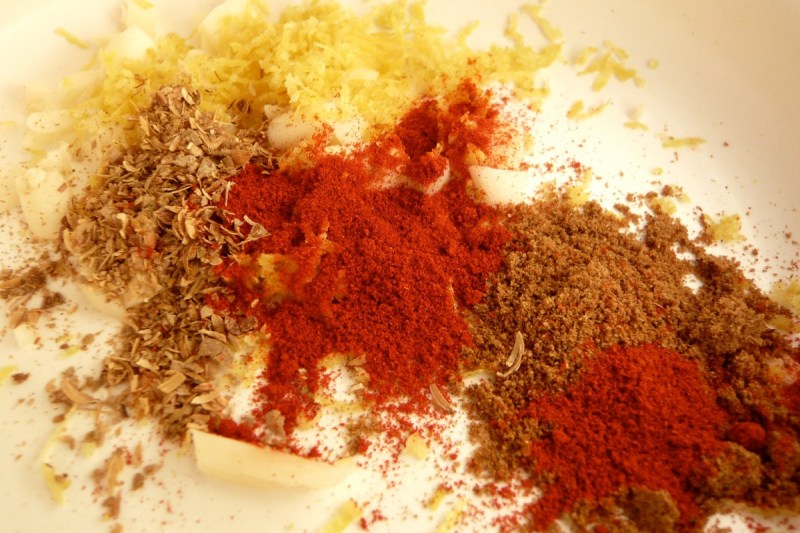
There’s few American spice blends more known or more characteristic of a particular region than Cajun spice. Originating in Louisiana, Cajun spice has helped New Orleans earn a reputation for offering some of the best food in the country. While there’s an almost endless diversity of dishes and styles in the region, it doesn’t get more authentic than a typical Cajun bite.
The word Cajun originates from Les Acadiens, French colonists who settled first in Acadia in Canada’s northeast. The pioneers, however, were forced out by the British during the French-Indian War in the mid-1700s. Many displaced Acadiens ended up in Louisiana, then a French territory. Their cooking traditions melded with the heated ingredients available in the region — garlic, cayenne, red, and other peppers — in concert with Indigenous and African-American cooking traditions.
If you have yet to experience its vibrant bite, Cajun spices can be used on just about anything, from slow-cooked barbecue to fish to vegetables. (Cajun is similar to its regional cousin Creole, but the latter typically does not call for tomatoes in recipes.)
Za’atar
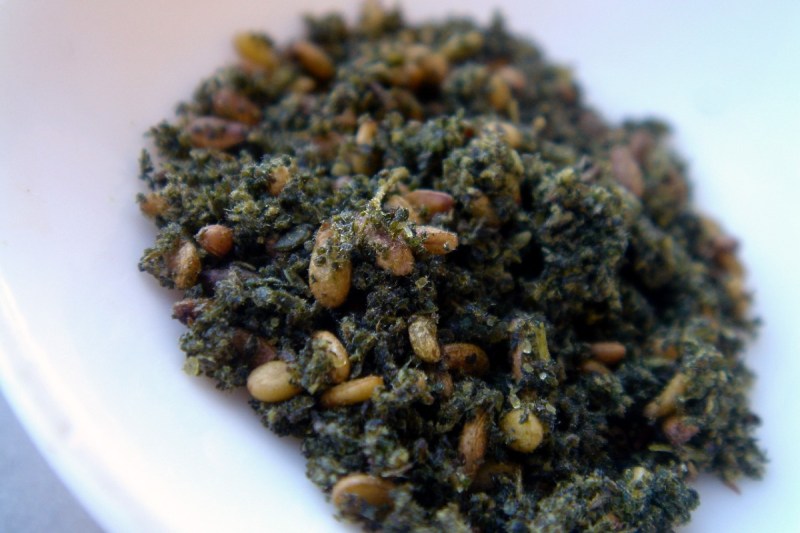
Za’atar is a Middle Eastern herb related to mint. Referring to za’atar in cooking, though, this is just one part of a durable mix that can bring a zingy, earthen nuttiness to whatever it may encounter.
With some alloy of oregano, sumac, sesame seeds, thyme, marjoram, dill, orange zest, hyssop, carroway, specific za’atar recipes vary, often to match taste preferences. In Middle Eastern foods, you’ll often find za’atar on top of hummus or labneh. Za’atar can also be spun with oil and brushed on grains and pita bread and toasted. The spice can also be rubbed on meats or dashed onto veggies bringing out their green flavor.
Make sure to note: if you are using za’atar in a cold dish, make sure to bloom it with warmth to unlock all of its flavors.
Spice It Up
The kitchen can be intimidating if you approach it with too much caution and too little knowledge. Come armed with just a little information, though, and you can turn it into a wonderful culinary laboratory.
Editors' Recommendations
- Basic Cooking Techniques You Need to Know (With Videos)
- How to Make Michelin-Starred Thai Food From a Master Chef
- How To Prepare, Cook, and Fall in Love With Tofu
- How to Cook Pasta the Right Way Every Time




